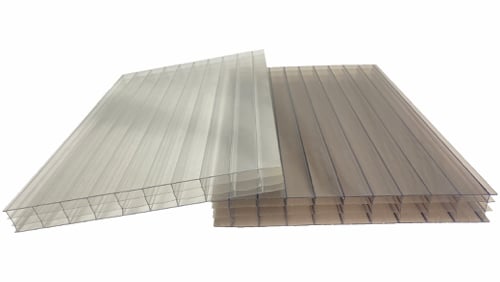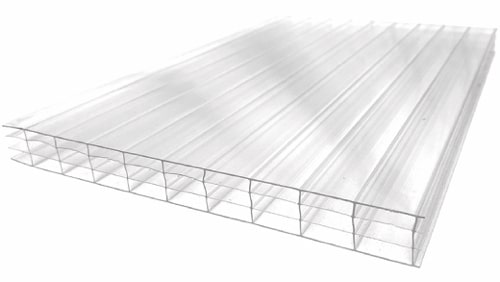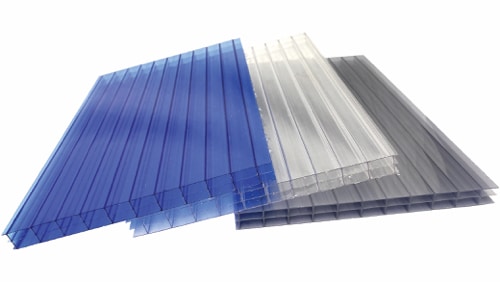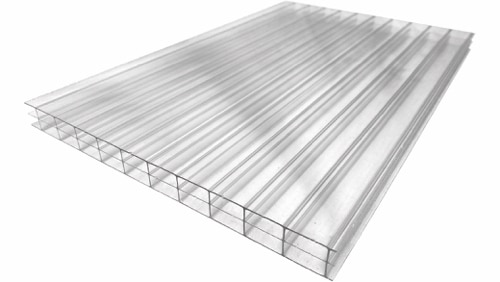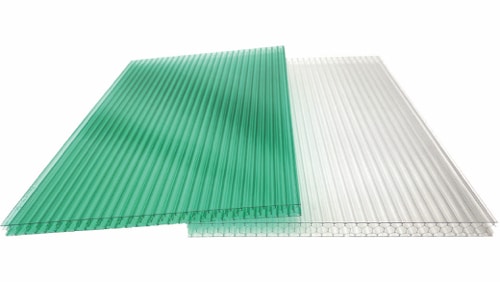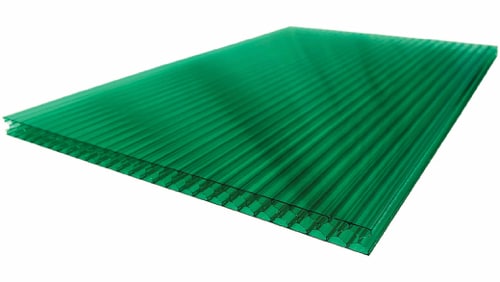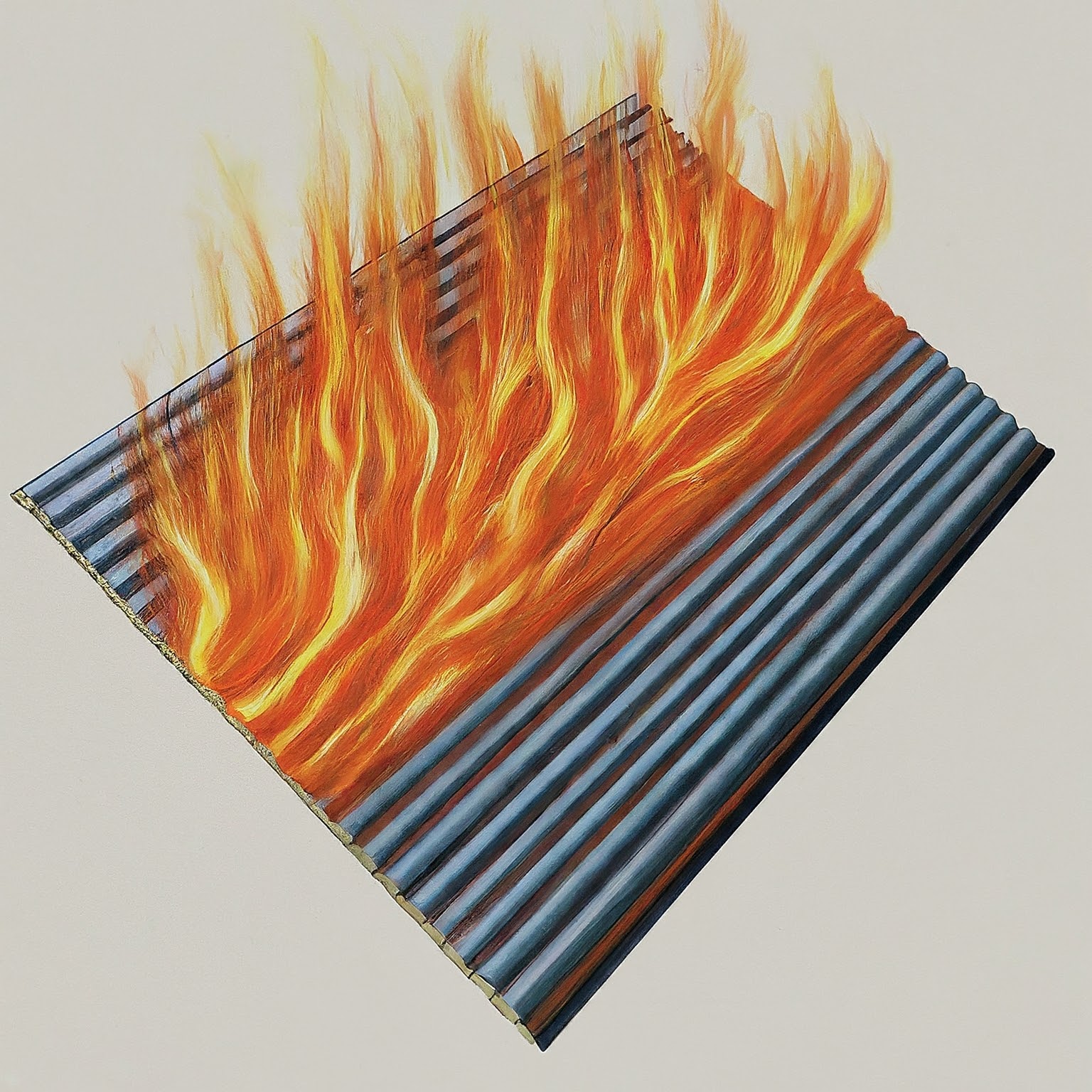The discussion of polycarbonate heat resistance can be and should be discussed separately into two parts – Part 1 being the heat resistance of polycarbonate sheets in itself, and Part 2 being polycarbonate sheets used as a heat resistance cover material.
Heat Resistance of Polycarbonate as a standalone material –
Polycarbonate is known for its good heat resistance compared to other thermoplastics. It can withstand relatively high temperatures without significant deformation or structural damage, and has a high glass transition temperature (Tg) and a melting point higher than many other common plastics.
Let me begin by listing the thermal properties of polycarbonate, which is common knowledge and easily accessible information.
| Glass transition temperature (Tg) | 147 °C (297 °F) |
| Heat deflection temperature | 0.45 MPa: 140 °C (284 °F) |
| 1.8 MPa: 128–138 °C (262–280 °F) | |
| Vicat softening point at 50 N | 145–150 °C (293–302 °F) |
| Upper working temperature | 115–130 °C (239–266 °F) |
| Lower working temperature | −40 °C (−40 °F) |
| Thermal conductivity (k)at 23 °C | 0.19–0.22 W/(m·K) |
| Thermal diffusivity (a) at 25 °C | 0.144 mm²/s |
| Linear thermal expansion coefficient (α) | 65–70 × 10−6/K |
| Specific heat capacity (c) | 1.2–1.3 kJ/(kg·K) |
Of all the polycarbonate thermal properties listed above, the most relevant thermal property when it comes to installing polycarbonate sheets as a building material is CTE. Short for coefficient of linear thermal expansion, high CTE is the reason why polycarbonate sheets expand and contract at different temperatures, resulting in “moving” sheets.
To give an idea of how polycarbonate sheet “moves”, a 3-meter-long sheet of polycarbonate for example will expand by approximately 2.1mm for each 10°C temperature increase. A 5-meter-long polycarbonate sheet restrained at one end by being butted up against a wall can have its free end move by over 10mm in the course of a day with a 30°C temperature rise.
The thermal properties of polycarbonate sheets will directly affect how polycarbonate sheets should be installed and the accessories are also crucial in maximizing the lifespan of the sheets. Failing to properly install and leave sufficient room for expansion and contraction could result in craze cracks, deformation, reduction of mechanical properties and the overall lifespan of the sheets.
Click the following links for more information on preparations prior to installing polycarbonate roofing, and on polycarbonate roof installation.

